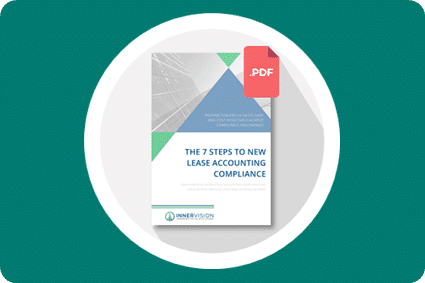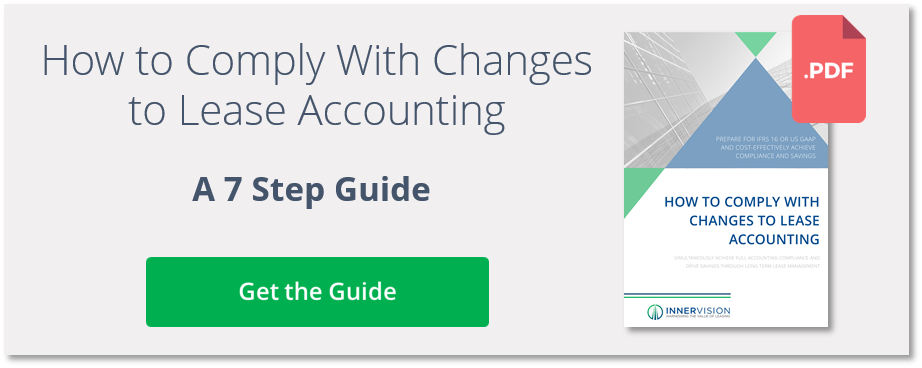The 7 Step Guide to New Lease Accounting Compliance
Updated 18th May 2021 | 2 min read Published 27th October 2016

Following the announcement of IFRS 16 and FASB ASC 842 earlier this year, businesses are now faced with the challenging prospect of developing a process and strategy for implementing the new lease accounting standards in anticipation of the implementation deadlines.
For international companies under IASB jurisdiction, this deadline will be for annual financial periods from January 1st, 2019. For US entities using FASB, the deadline will be for financial periods for 15th December 2018. However, although these dates seem a long way off, the time frame for preparation is far sooner as companies will need to supply mandatory comparative P&L and balance sheet reports prior to implementation (2 years for US GAAP, 1 year for IFRS). This means, to meet these targets, businesses realistically should start developing their compliance strategies now.
To help assist businesses with their early preparations and provide valuable insight as to what should be included within any implementation strategy, we’ve put together this comprehensive guide to transitioning to either IFRS 16 or FASB ASC 842. Just click the link below to get your copy.
Click here for your copy
The E-Book offers detailed guidance on how to meet vital compliance requirements and provides actionable advice on how to establish a cost-effective lease accounting transition strategy. Although focusing prominently on setting up a robust foundation for compliance, the guide also offers insight as to how companies should use the transition as an opportunity for profit through optimisation, cost-savings and ROI.
The guide is split into 3 fundamental sections. The first provides a detailed overview of the two standards and highlights the main implications. The second outlines a set-by-step transitions process that touches on everything from early strategic development and who to include in your project team, right the way through to producing the required reports & adjusted financial statements.
The final section explores how specialised lease accounting solutions can help with everything from conducting initial impact / readiness assessments and forecasting the impact the standards will have on financial statements and important KPI’s (e.g. EBITDA, asset turnover, operating profit, net income and gearing rations), to how software can help reduce the reporting and compliance risks.
So, whether you’re a corporate financial professional who’s been tasked with the implementation project or a CFO, Treasury Director or Financial Controller who’s looking to oversee the entire transition process. The information, advice and guidance contained in this document are precisely what you need to help ensure your organisation is on the correct path to full lease accounting compliance.
If you would like to talk to an expert about the new lease accounting standards and find out how lease accounting software can help with compliance, be sure to get in touch with one of our leasing experts.


